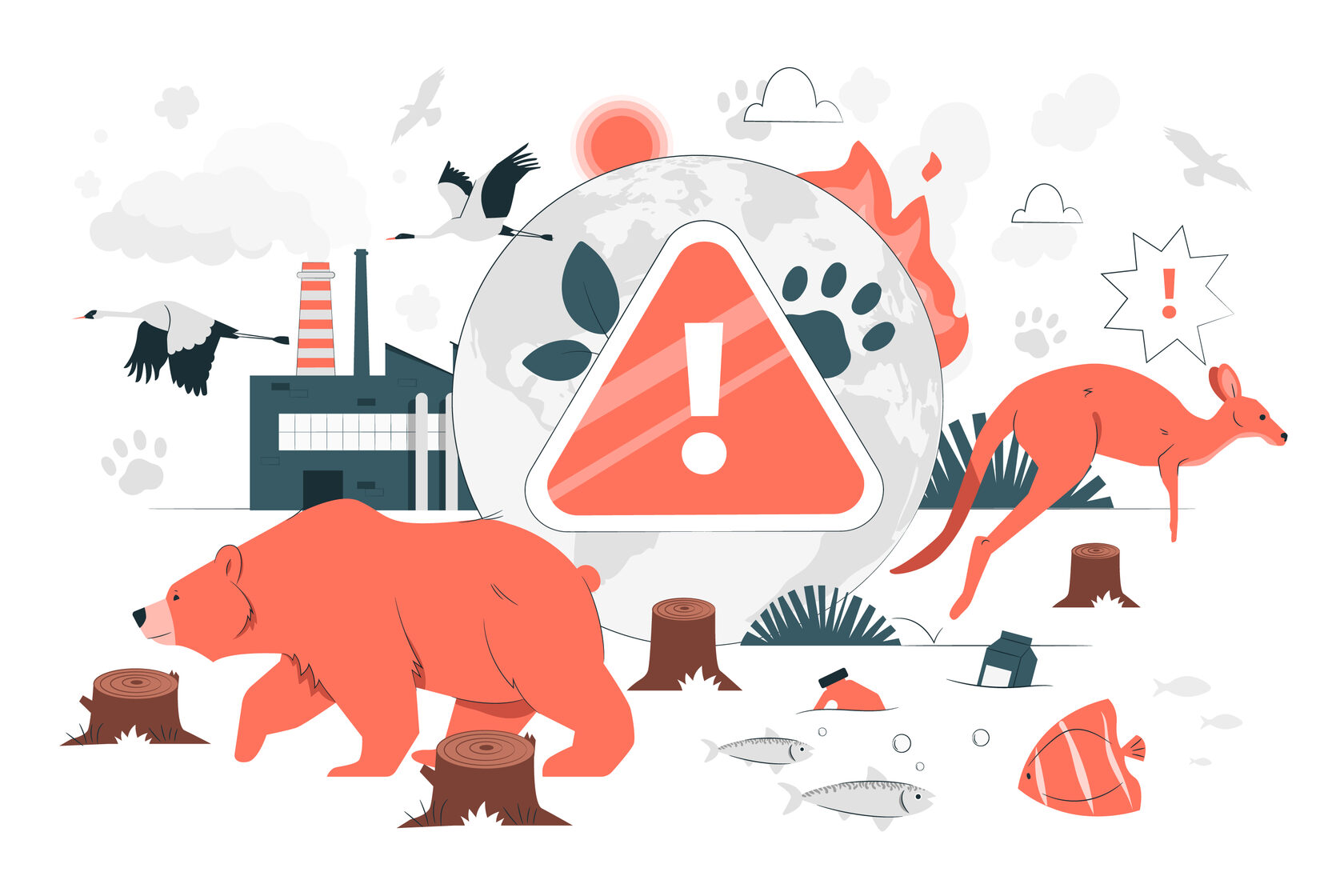You have probably come across the term biodiversity. Perhaps you are asking though: What does it have to do with my business? Read this article to learn more about the risks biodiversity issues pose to your company, how to face them and how to adjust your ESG strategy accordingly.
Moreover, we recommend reading our previous article “A look at why the "E" in ESG is so important” which provides an introduction to how environmental aspects fit into the overall sustainability strategy.
COP15 was the 15th meeting of the Conference of the Parties for Biodiversity, intending to set an updated global roadmap to protect the world’s natural resources. Unlike COP27, held earlier in 2022 with a focus on climate change issues, COP15 focuses on protecting global plant and animal species within its plan to ensure the sustainability of natural resources.
The result of COP15 is the so-called Global Biodiversity Framework, a new plan replacing the Strategic Plan for Biodiversity of 2011 – 2020. The framework comprises four global 2050 goals, and 23 targets focused on biodiversity conservation and restoration.
But how is biodiversity relevant for business?
Biodiversity is vital for our economy. And as around 50% of global GDP depends on it, this issue is ranked among the top 4 global risks for the next ten years, as reported in the latest World Economic Forum's Global Risks Report 2023. Biodiversity is crucial to mitigating global negative economic externalities and links directly to the decline of other aspects of the natural world. Its rapid decline will lead to new diseases (current ecosystems regulate their transmission), a fall in crop yields, water stress, declining water quality, conflicts, severe natural disasters, and an overall dramatic decline in well-being across the planet.
Main risks for businesses
The decline of biodiversity represents three main risks for businesses.
- Many business operations are directly dependent on nature. Agriculture, forestry, mining, and manufacturing sectors rely on natural sources, and increased volatility in their supply chain will lead to significant risks.
- Businesses can depend on other biodiversity services even if they are not directly dependent on natural resources. The decline in biodiversity will present significant financial risks to business assets due to natural disasters, market disruptions, or lost business opportunities due to events in the most affected areas and sectors.
- All businesses are part of a wider socio-economic environment, where reputational risks, legislation pressures, changes in consumer behaviour or lawsuits related to natural risks will be more and more common.
No wonder biodiversity is becoming a more and more profound topic among businesses and regulators. New legislative frameworks like the Nature restoration law will require precise, measurable plans and actions on how businesses tackle biodiversity issues. This does not relate only to the EU; the Global Biodiversity Framework will require governments to ensure that companies disclose their risks and dependencies on biodiversity internationally if implemented.
The main obstacle for businesses
Biodiversity and nature-related risks and impacts are new to businesses. Often companies can’t even determine the role of biodiversity and nature-related risks within their operations. The reason usually is that most of these issues are in the supply chains, far from companies’ HQs and operations. For example, while food retailers often focus on protecting wildlife around their stores, most of their impact lies within the arable land, where the raw materials for the food they sell originate. However, their suppliers will often ignore the issues as interventions often lead to increased costs and lower production efficiency, leading to the race to the bottom.
A significant change can only happen with willingness across the value chain. But there’s usually one big obstacle – the hidden costs of negative economic externalities, which can be extensive.
To use the agricultural sector as an example - in the Czech Republic, it is estimated that yearly costs from damages linked to agricultural soil erosion equal around a fourth of all agricultural revenue from local plant production. If farms were to eradicate these negative effects of their farming practices, the amount of money they would need to invest could significantly lower their profits. If these investment costs were translated into higher prices, the food costs would significantly increase, leading to vast societal consequences and losses for food retailers.
But that does not mean the industry cannot change. It is often a question of practice rather than technology and equipment. Many solutions allow a considerable damage reduction with little cost. In the case of the agricultural sector, instead of sticking to business as usual, farmers can change their agricultural approach, which would result in the same cost but would lower the damages. That can include building natural barriers on fields with higher slopes, increasing the content of organic matter in soils or using the technique of crop strips.
These changes often lead to increased productivity, which can finance more costly mitigation approaches. But to paint the full picture, many farmers choose not to invest time and resources in such improvements because of market uncertainty. These are long-term commitments that many farmers do not want to attain due to uncertainties in demand. What also plays a part is the lack of time, knowledge, or interest from buyers, who often do not offer compensation for products with lower environmental damage.
Where to start?
Start analysing your supply chains. How are the goods you buy produced, and where do they come from? Collaborate with your suppliers and identify the origins of the raw materials. You don’t need to do this for everything you buy, but for the main elements, start looking at the value or the amount to determine the most significant goods and materials. Both the material and its origin can play a part. For example, while European and well-regulated certified sources can positively impact nature, paper from tropical rainforests can have more significant consequences than your company cars.
After analysing your supply chains, look at potential risks and impacts associated with the goods and materials sourcing. Lastly, look at the metrics and targets, define ways to transition towards lower biodiversity risk and impact and start and monitor your evolution.
Innovations, actions and investments in the nature-related sphere represent a significant business opportunity. They can lead to important product development, supply chain innovations and efficiency, improved social capital, retention and talent attraction, and an overall uptick in perception.
And don’t forget - if you’re unsure where to start, we’re here to help. Get in touch.
(Image by macrovector on Freepik)


